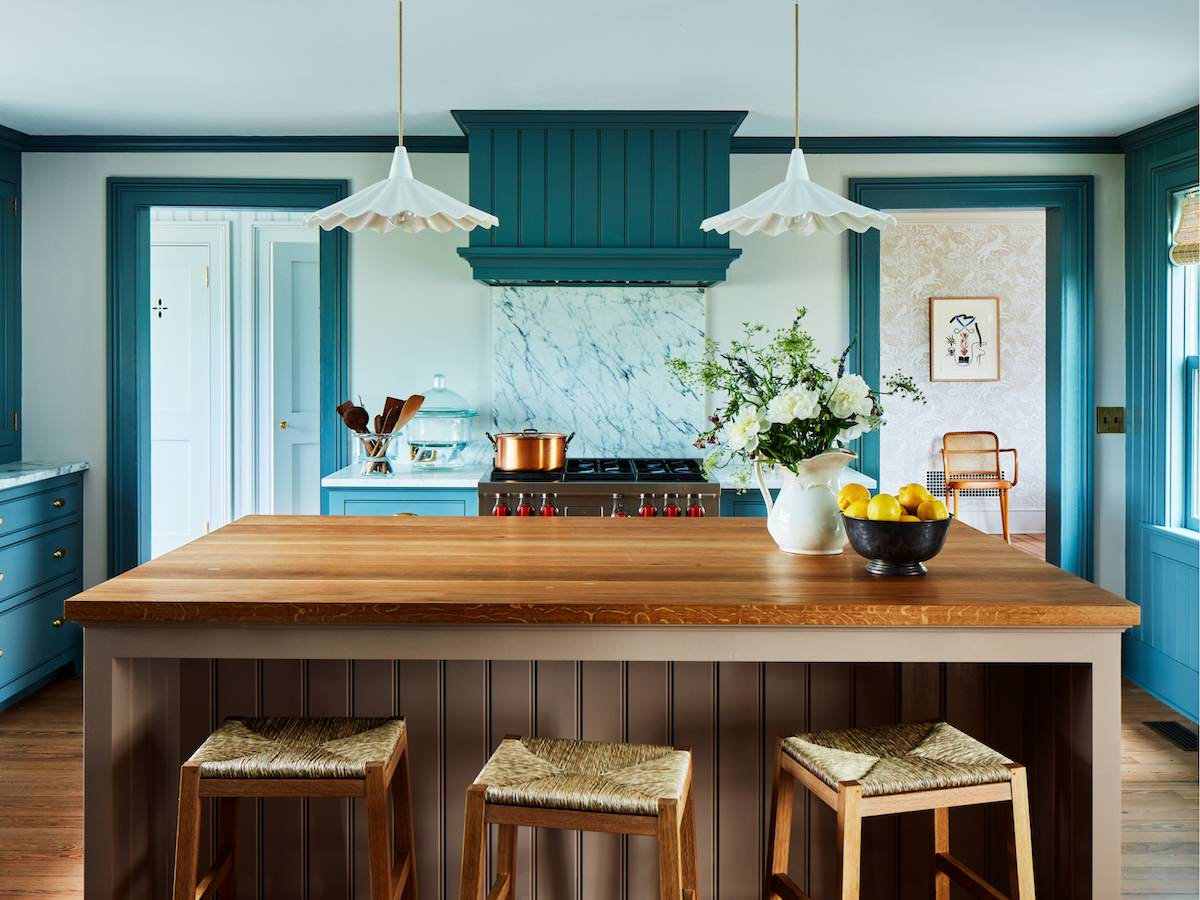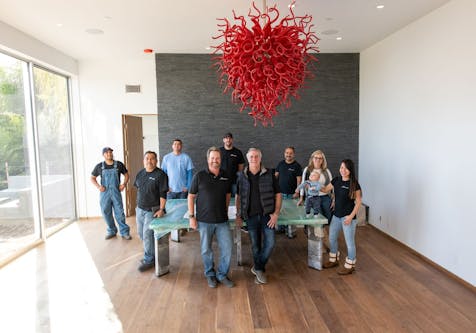What Pros Wish They’d Known Before Starting Their Firms
Save time, money and hassle by heeding the words of experienced pros running their own businesses
When you’re launching a design or remodeling business, there’s a lot to do and think about. We asked pros who run their own businesses what they wish they’d known when they were starting out. Read on for their tips, then please share your own in the Comments.
1. Hire a Financial Professional
If you want to set your business on a solid path to financial success, designer Jena Bula of Delphinium Design in Charlotte, North Carolina, recommends hiring an accounting professional as soon as you can, even as a consultant or part-time helper rather than a full-time employee. “Whether you hire a bookkeeper or an accountant, having a trained professional track your finances and review them with you on a monthly basis is invaluable,” she says.
When Bula started her design business, she would track her mileage, purchases and other expenses as best she could, and then send them to an accountant once a year for tax purposes. But the overall financial picture of her business wasn’t as clear as she would have liked, making it hard for her to make long-term decisions, like planning an advertising budget or hiring additional staff.
“You have to know your numbers,” she says. “I now strategize with my bookkeeper about which projects make sense to take on, how much to spend on advertising and photography, and setting various goals throughout the year. I really believe working with a bookkeeper is a great way to grow your business.”
2. Select Your Company Name Wisely
Kitchen and bath remodelerJared Lewis of Lewis Design-Build-Remodel in Scotts Valley, California, encourages those just starting out to think carefully about the company name they choose.
“Your company name is the first thing potential clients will see, so it’s important to get it right,” Lewis says. “You have to think about what your company name conveys. Does it indicate what type of projects you specialize in? Will it attract the type of clients you want?”
Lewis says he didn’t give his company name much thought when he started his business. “I went with Jared Lewis Construction when filling out my license form. It wasn’t until later that I thought it might have been better not to use my full name if I wanted to grow my business and not be directly associated with it. People expect Jared Lewis to always be on-site when it’s in the company name.”
Lewis has recently rebranded his company, changing the name to Lewis Design-Build-Remodel. “I thought it was too late to get rid of my last name because of my client base, but the new company name is now more indicative of the design, build and remodeling projects that my company wants to attract,” he says.
3. Always Have a DetailedDesign Plan for a Project
It might be tempting to jump into a project without a detailed design plan when your business is new and you’re eager to execute projects. But Brooklyn, New York, designer Julia Mack says having a detailed plan, down to the exact colors and hardware finishes, will save you time and energy in the long run.
Mack spends lots of time with clients during the initial consultation and early design process to set a clear project vision and direction. “I create mood boards, 3D sketches, detailed material palettes and, most importantly, I get buy-in from my clients on all these decisions. It makes the whole process go so much smoother along the way,” she says.
Leaving out steps — like not selecting a lamp for a living room scheme or hardware for a kitchen design — may seem unimportant in the moment, but Mack has found that working this way ends up taking longer. “Everything gets slowed down if you have to stop and discuss every little decision along the way,” she says. “Having a complete design plan doesn’t mean adjustments can’t be made, but it keeps a project moving forward and keeps clients feeling confident about the process.”
As you’re working with a new client, Houzz Pro can help you track communication so that you and the client each have a central record of what’s been agreed to. You can also share photos and files with clients using Houzz Pro, and send proposals, mood boards and more.
4. Don’t Take On Every Client
When you’re just starting out, it’s only natural to want to take on any client who contacts you, but doing so might hold your business back in the long run. “It’s important to say no to a potential client if it’s not the right fit,” says Anne Higuera of Ventana Construction in Seattle. “You can end up wasting a lot of time and missing out on better projects if you’re not discerning.”
“When we started off, we would sometimes take on projects that were too small, because we wanted to say yes to everything,” Higuera says. “But then if a larger project came our way, we wouldn’t have the staff for it, because we had already taken on a smaller project.”
As her company has grown, knowing which projects to accept is still every bit as important. “You always have to find the right balance,” Higuera says.

Want advice delivered to your inbox?
Unlock industry insights and updates for contractors and design pros
By signing up, I agree to the Houzz Terms of Use and Privacy Policy and that Houzz may use my information to contact me about relevant content, products, and services.












Join the conversation by commenting or asking a question below. The Houzz team reads every single comment, and we’ll get back to you by email if you need us!